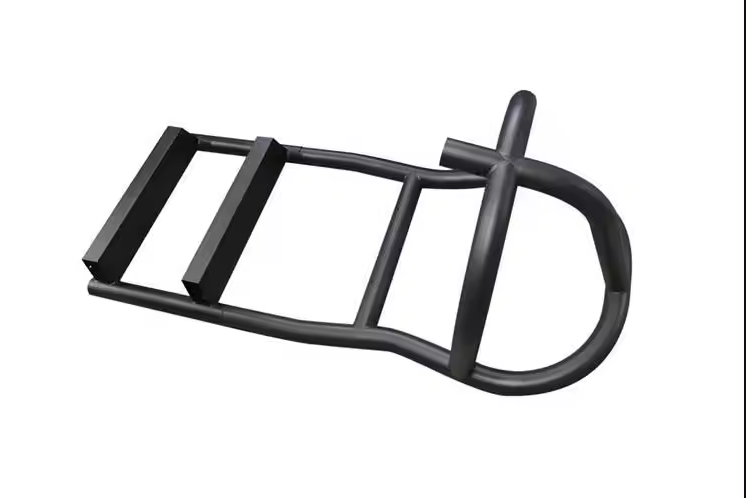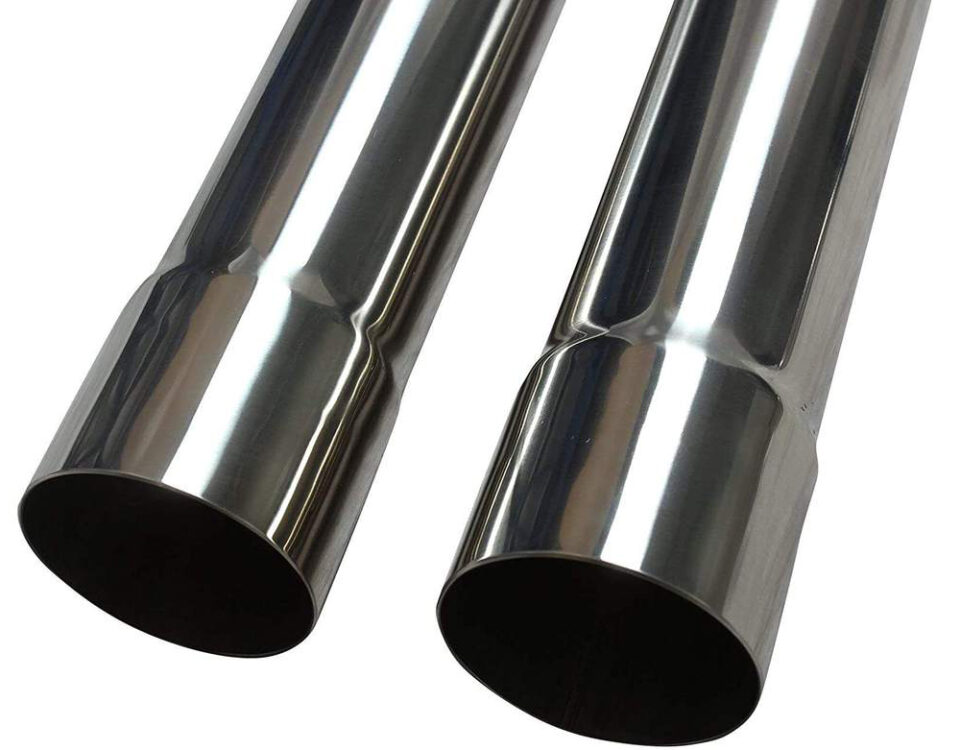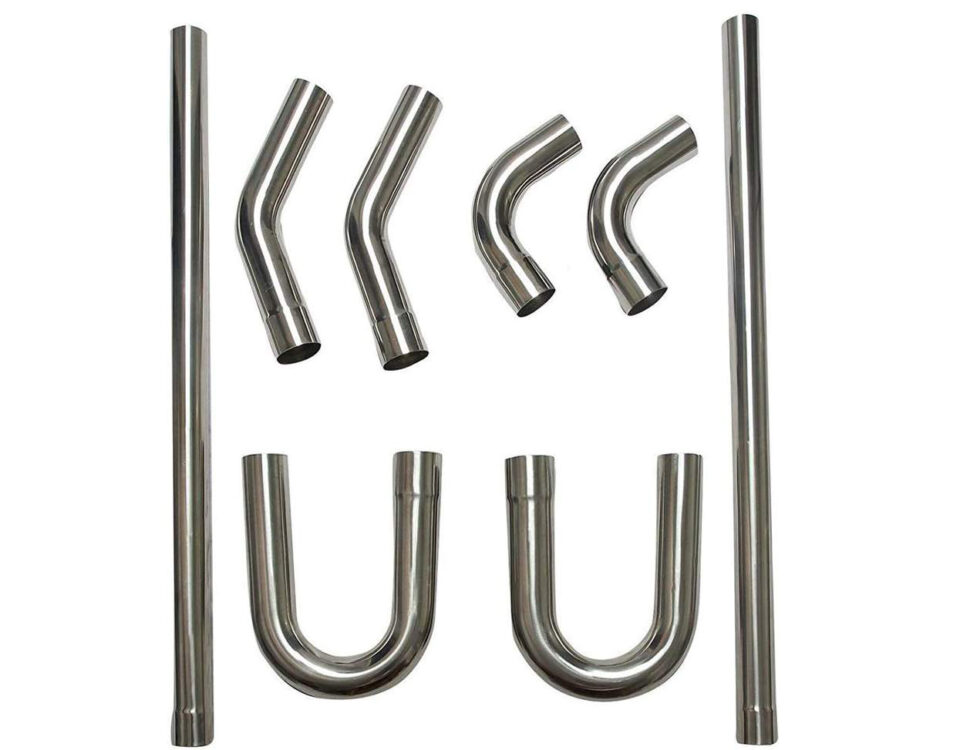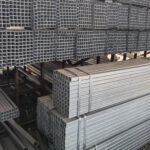
Square Tube Bending
November 6, 2023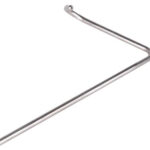
Round Tube Bending
November 8, 2023Precision and Versatility: The Art of Rectangular Tube Bending
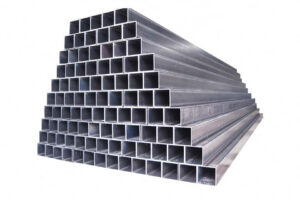
In the world of metal fabrication, the ability to manipulate various shapes and profiles is a crucial skillset for manufacturers. Among the many techniques, rectangular tube bending stands out as an essential process for creating custom metal components. This article delves into the world of rectangular tube bending, highlighting its benefits, applications, and the expertise required to excel in this specialized field.
The Power of Rectangular Tube Bending:
1. Customization and Design Freedom:
it offers unparalleled customization options, enabling manufacturers to bring their unique designs to life. By applying controlled force to the tube, it can be bent into a wide range of angles, arcs, and curves. This flexibility opens up endless possibilities for architects, engineers, and designers, allowing them to create visually striking structures and functional components.
2. Precision and Accuracy:
Precision is paramount in metal fabrication, and rectangular tube bending delivers exceptional accuracy. Advanced bending machines equipped with computer controls and precise measurement systems ensure consistent results. These machines can reproduce complex bends with minimal variation, guaranteeing uniformity and structural integrity in the final product.
3. Strength and Structural Integrity:
Rectangular tubes, known for their strength and durability, are widely used in construction, automotive, and aerospace industries. By bending these tubes, manufacturers can enhance their structural integrity while retaining their inherent load-bearing capabilities. The uniform distribution of stress along the bent section ensures optimal strength without compromising on the overall design.
4. Cost-Effectiveness and Efficiency:
It offers cost-effective solutions compared to alternative methods like cutting and welding multiple pieces together. By bending a single tube, manufacturers can eliminate additional labor, reduce material waste, and streamline production processes. This not only saves time but also minimizes expenses, making such bending a cost-efficient option for both small-scale and large-scale projects.
5. Applications Across Industries:
The versatility of rectangular tube bending makes it suitable for a wide range of industries and applications. In architecture, it is used for creating unique building facades, interior structures, and aesthetic elements. In automotive manufacturing, bent tubes are employed in exhaust systems, roll cages, and chassis components. Additionally, this technique finds applications in furniture manufacturing, aerospace engineering, and machinery fabrication, among others.
Mastering the Art of Rectangular Tube Bending:
It requires specialized knowledge, experience, and equipment to achieve optimal results. Manufacturers must possess a deep understanding of material properties, bending techniques, and machine capabilities. Computer-controlled bending machines equipped with advanced software ensure precision and repeatability, while skilled operators monitor the process to prevent any defects or deformations.
Additionally, collaboration between manufacturers and designers is crucial to ensure that the intended design intent aligns with the possibilities and limitations of rectangular tube bending. Effective communication and a collaborative approach allow for innovative solutions and the successful realization of complex projects.
Conclusion:
It is a vital technique in metal fabrication that empowers manufacturers to create unique, strong, and aesthetically pleasing components. The ability to customize designs, achieve precise bends, and optimize material usage makes pipe bending indispensable across industries.
Investing in specialized rectangular tube bending services enables manufacturers to unlock their creative potential and deliver superior products. With attention to detail, expertise, and collaboration, manufacturers can meet the diverse needs of various sectors while maintaining efficiency, cost-effectiveness, and uncompromising quality in their bent tube components.

